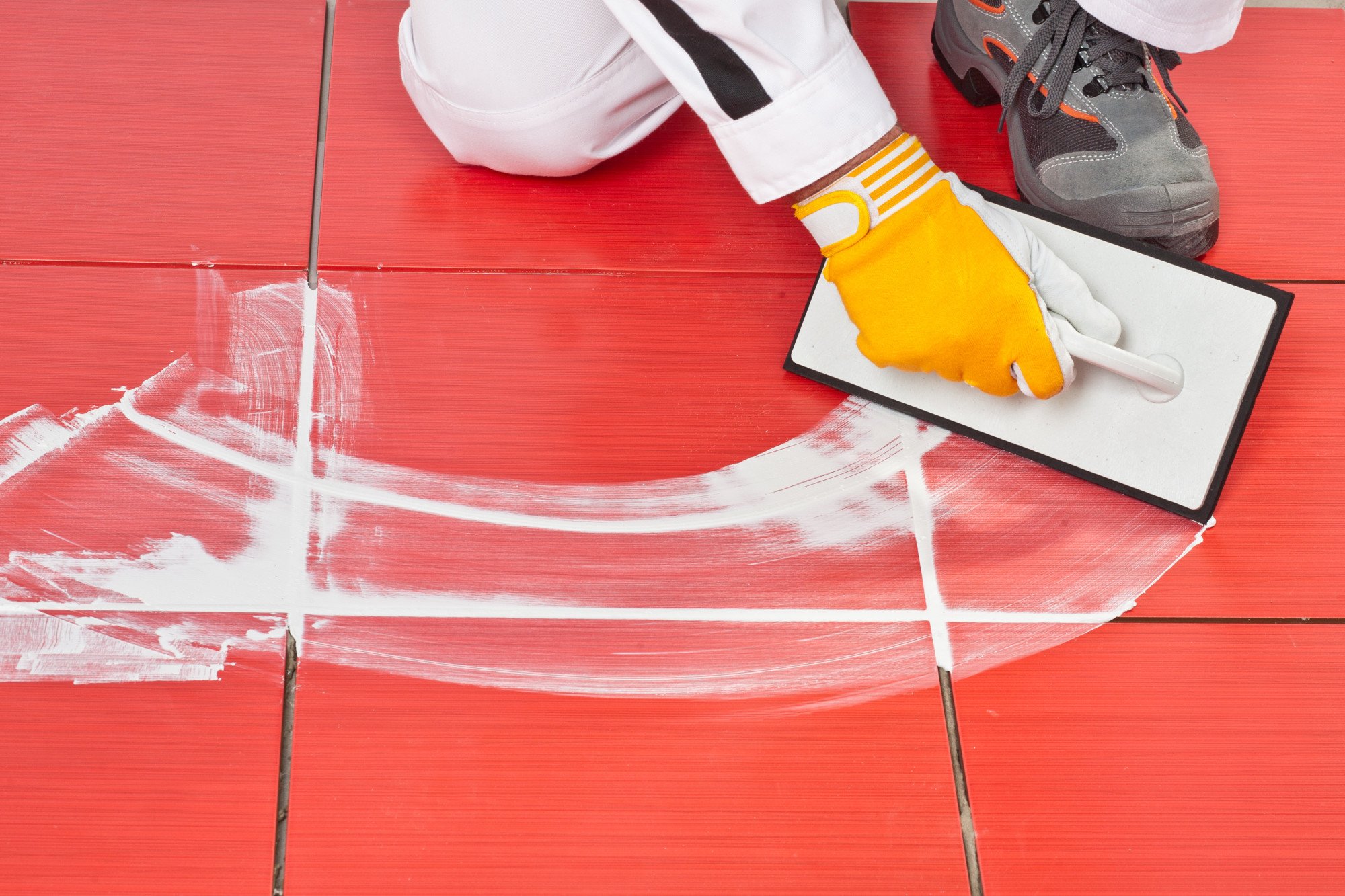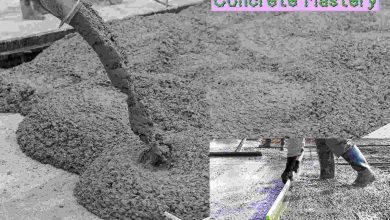Grouting is the secret sauce that holds your tiles together and keeps water from seeping underneath. It’s the star player in kitchen remodels that is often overlooked.
Below, we’re going to take you on a journey through the different types of grouting. Whether you’re a DIY enthusiast or simply a curious homeowner, you’re sure to find something interesting.
Are you ready to discover the magic to make your project stand out? Let’s dive right in!
Table of Contents
Sanded Grout
Sanded grout is the go-to choice for installations with wider grout lines, typically greater than 1/8 of an inch. As the name implies, it includes fine sand, which gives it a more robust structure.
Additionally, it prevents the grout from shrinking and cracking as it dries. This makes it perfect for installations that require a sturdy filler.
It also provides a bit of friction that helps keep the grout in the joint longer. But it can scratch delicate tiles, so it’s best used with unpolished materials like ceramic or porcelain.
Epoxy Grout
This is a high-performance grout that offers exceptional durability and resistance against staining and chemical damage. This makes it a popular choice in environments that demand hygiene and resilience such as:
- commercial kitchens
- hospitals
- swimming pools
Unlike traditional cement-based grouts, it consists of two parts: a resin and a hardener. These two components are mixed immediately before application, triggering a chemical reaction that results in a hard, impermeable fill.
While it is slightly more challenging to work with, the longevity it offers is well worth the effort. Yet, epoxy grout is the most expensive among its counterparts, and its glossy finish may not be to everyone’s taste.
Furan Grout
Unlike other types of grout, furan is non-porous. This makes it highly resistant to a wide range of acids, solvents, oils, and grease.
It is also an excellent choice for industrial applications like chemical plants or oil refineries. This is where the flooring is subjected to corrosive and abrasive materials.
In addition, this type of grout requires a special system due to its unique composition and application process. This involves pre-mixing the two components, the furan resin, and a filler powder.
Also, it must be combined with a catalyst just before use. Despite its high resistance properties, it comes in a limited range of colors and is more expensive. This is the reason why it is less popular for residential flooring use.
Acrylic Grout
Acrylic grout is made from an acrylic compound which offers superior adhesion. It also minimizes the chances of grout cracking that can occur with structural or thermal movement.
Moreover, it is resistant to moisture and can withstand harsh weather conditions, making it an excellent choice for outdoor tile installations.
Additionally, it is often pre-mixed and ready to use, saving you the trouble of mixing it yourself. You can take advantage of its broad spectrum of colors, allowing for greater design versatility.
While acrylic grout provides enhanced performance features, it is typically more expensive than other standard grout options.
Cementitious Grout
This traditional grout is made primarily of cement, combined with a mixture of water and sometimes fine sand. It is durable, easy to apply, and widely used for filling grout lines ranging from 1/8 to 1/2 inch.
Also, it offers predictable performance and a wide range of color options to match any design aesthetic. However, this type of grout is porous by nature, and it can be susceptible to staining and water damage if not properly sealed.
Consequently, regular sealing and maintenance are essential for installations using cementitious grout, especially in areas of high moisture or heavy use.
Polymer-Modified Grout
Polymer-modified grout, as the name suggests, includes a polymer additive. This enhances the performance characteristics of the grout by providing:
- improved flexibility
- adherence
- durability
Additionally, it is resistant to shrinkage and cracking, making it an excellent choice for areas with high traffic or significant temperature fluctuation.
Furthermore, the presence of polymer in the grout reduces its porosity. This enhances its resistance to discoloration and water absorption.
Yet, this grout is more expensive than unmodified alternatives. But its superior performance and reduced grout maintenance often justify the cost.
Colored Grout
Colored grout allows for creative expression since it comes in many colors. From bold hues to subtle tones, it enables you to complement, contrast, or match the color of your tiles.
It’s a powerful tool in design, highlighting the pattern and shape of the tiles. It is typically made from either cementitious or epoxy grout bases, which are then mixed with high-quality, UV-stable pigments.
This ensures that the grout’s color remains vibrant and resistant to fading, even when exposed to sunlight. However, some darker shades can show wear and tear more visibly over time.
This makes it necessary to regularly clean and maintain them. Despite this, the personal touch it adds to a space often makes it well worth the extra care.
Urethane Grout
Urethane grout is a relatively new entrant to the grouting world. It is quickly gaining popularity due to its user-friendly properties.
This grout type is pre-mixed and ready to use right out of the container. This eliminates the need for grout mixing, which can be a messy and time-consuming task.
Moreover, it is highly flexible and resistant to cracking and shrinking. It is inherently resistant to water, stains, and UV rays, which means it does not require a sealer, thereby reducing maintenance requirements.
While urethane grout offers many benefits, it is often more expensive than other grout types and may leave a haze on tile surfaces if not cleaned promptly after installation.
Overall, proper upkeep is crucial to preserving the aesthetic and functional attributes of your grout. If DIY methods fall short, don’t hesitate to engage a reputable tile and grout cleaning service for the longevity and continuous shine of your tiles.
Choosing the Right Types of Grouting for Your Project
Don’t let your tiles stand alone. Give them the partner they deserve! Whether it’s the rugged charm of sanded grout, the sleek sophistication of epoxy, or the vibrant personality of colored grout, your perfect grout match is waiting for you.
So take the time, do your research, and don’t be afraid to ask for expert advice when needed. Let the magic of the different types of grouting transform your space today!
Did you find this article helpful? Check out the rest of our blog now!





